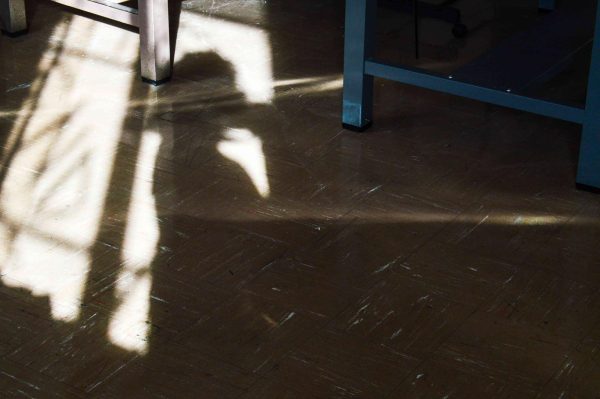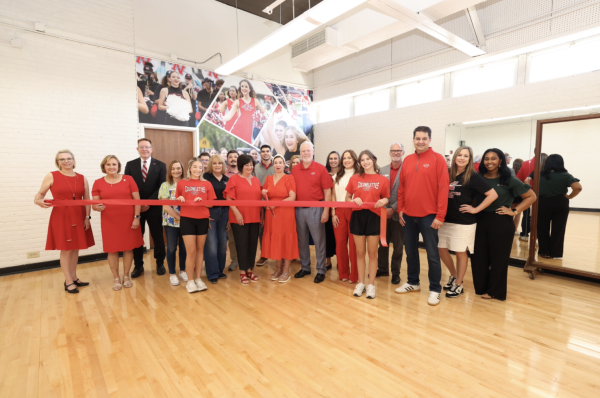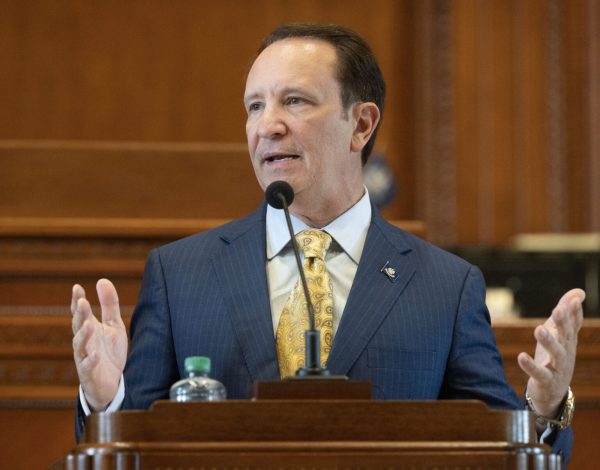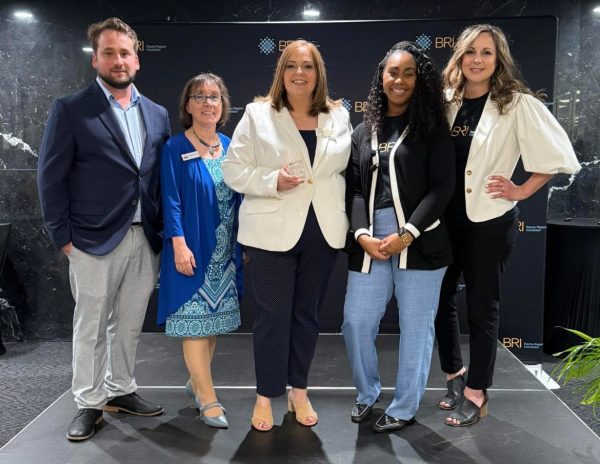Technology in Peltier Hall causing problems in the classroom
This semester faculty and students in Peltier Hall have been experiencing technology issues in classrooms with computers and projectors.
An estimated quarter of the rooms in Peltier Hall are without a permanent projector or computer program. While there are three 25-seat classrooms for use in the building, there are over 45 sections of English 101 this semester, with an additional 10 to 15 technical and professional writing classes. Scott Banville, assistant professor of language and literature, said this is problematic.
“You’re teaching writing classes, but so much of the writing process takes place in a Word Processor,” Banville said. “I may want to show student work, work an example or pull up the online component of the textbook and I can’t.”
The majority of the projectors in the classrooms are 15 to 20 years old. When members of the faculty attempt to connect the newer 5-year-old computers that use wide screen displays, the older projectors are unable to provide audiovisual presentations of adequate quality, and a “five minute plug and play becomes a 20 minute ordeal” which affects students and faculty. Hallie Breud, a sociology sophomore major from Covington, said the issues are a struggle.
“Sometimes the teachers can’t get their videos to open, load or get them to play.” Braud said. “Some are minor things, but there are a lot of classes in Peltier.”
Todd Kennedy, assistant professor of language and literature, said these problems change the entire class atmosphere.
“Because of how I teach my film and literature courses, it can be particularly troubling if you planned to use technology for the day and all of a sudden you have to figure out something to do on the spot,” Kennedy said. “You get flustered and the entire class atmosphere kind of spirals.”
The legislature has set up student tech fee grants, which are funded from student technology fees collected every semester. This means there is a limited amount of money available because all of the funds are from student fees.
“Because of budget cuts, we have not had a unified approach to technology,” Kennedy said. “Different levels of technology are done at different times for different reasons, and that makes things very inconsistent.”
A primarily student-led board, in conjunction with faculty and staff, help determine the distribution of these grants. The grants are only used to fund technology projects to be directly used to serve the students academically.
The humanities departments like English, history, geography and social sciences rely heavily on these grants, as there are limited opportunities for outside funding and grants from the government and other private organizations. These departments use the money to outfit classrooms with projector and computer equipment.
“When things break, there’s no funding to fix things,” Kennedy said. “We have these fancy computers, but if they break in the middle of the semester, it probably won’t get fixed for two semesters.”
Funding is also required to keep technology up to date. Over the last five years, labs have been updated with new Macintosh computers, updated sound systems and newer projectors. However, the department has to balance keeping technology up to date in computer labs and updating classrooms that everyone uses.
“As a department, we try to update computer labs every three to four years, but we also have to keep in mind that the technology in classrooms are used constantly from early morning classes to three in the afternoon,” Banville said.
While the problems persist, there are plans in the works for collaboration between departments to share grants in order to refurbish some classrooms.











